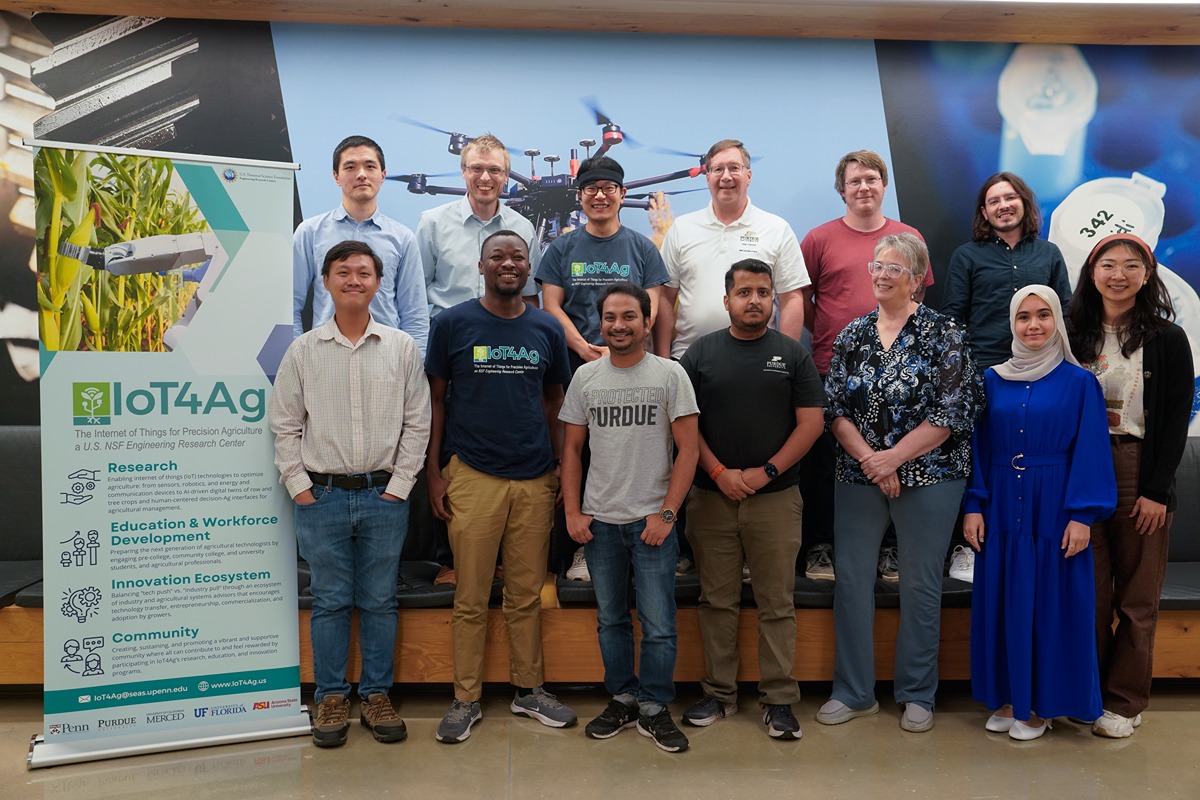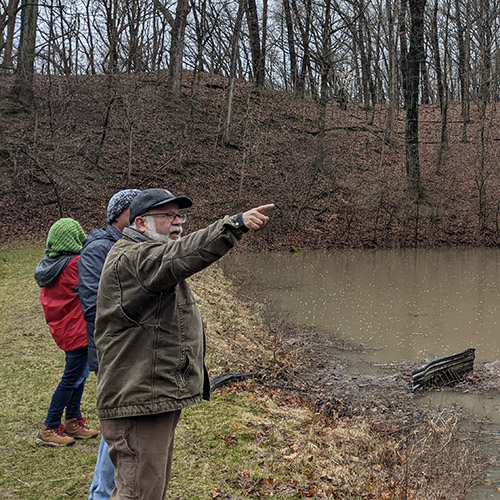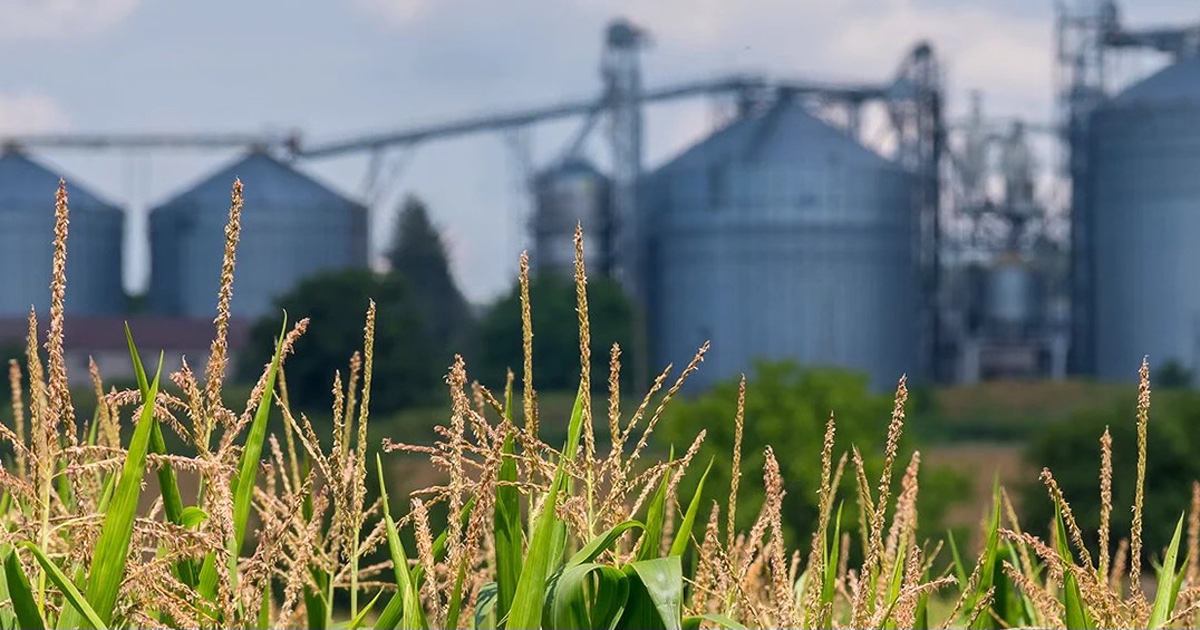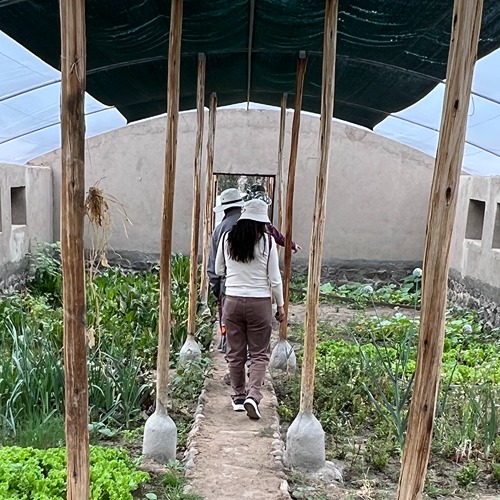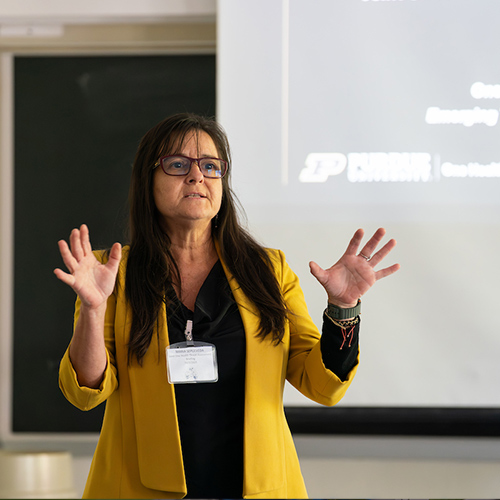AgBridge 2025: Bringing digital agriculture to middle and high school classrooms
Digital technologies are rapidly developing to solve the world’s most pressing problems, and middle and high school students are eager to try their hand using them. Schools, however, may not have access to the right equipment, and teachers may struggle to find a way to fit digital content into curriculum standards without being familiar with the technology themselves.
“There is a rural digital gap,” Yaguang Zhang, clinical assistant professor in Online Education, Agricultural Sciences Education & Communication, and Agricultural & Biological Engineering, said. “Small towns struggle a lot in getting materials and teaching support. Some of the students will have trouble in rural areas doing homework digitally.”
This summer, Zhang began the first AgBridge Workforce Development Program funded by the National Science Foundation Engineering Research Center for the Internet of Things for Precision Agriculture (IoT4Ag) and co-hosted by Purdue Open Ag Technology and Systems (OATS) Center. Over the course of ten weeks, he led a pilot program where three middle and high school teachers and six graduate students — both in educational and digital technology fields — worked together at Purdue to create new teaching materials to expose middle schoolers to cutting-edge technologies developed by IoT4Ag.
In a world where advanced technology is essential in most career paths, AgBridge has prioritized teaching middle schoolers how to use and create digital technology to solve real-world problems. Tying in agricultural topics could inspire young students and expose them to careers in agriculture.
Agriculture is a very good example for teaching digital skills like data science, mechanical engineering, telecommunication and agronomy. The future of digital agriculture is so broad you can basically teach any key skills you want to, and agriculture will have a good application for it. So, when we develop the materials, we use agriculture as examples to teach those broadly applicable skills.”
- Yaguang Zhang, clinical assistant professor in Online Education, Agricultural Sciences, Education and Communication, and Agricultural & Biological Engineering
The cohort is separated into three groups, each focusing on a specific aspect of IoT4Ag technology and each tasked with crafting affordable, flexible teaching materials that match core standards teachers must meet in their classroom.
Kathy Daniels, a high school teacher of agriculture and life science for 34 years, said, “It’s really important that any teaching materials we make fit within curriculum standards because teachers are busy and can’t add something to their classroom that doesn’t fit. But, by the time those standards are published, they’re obsolete. It’s our job as teachers to guide the materials towards the future.”
Each group uses research currently ongoing in IoT4Ag and Purdue’s College of Agriculture:
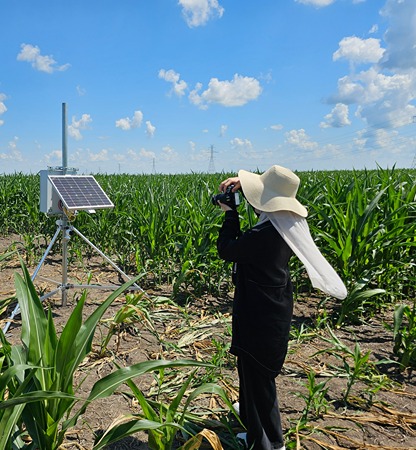 IoT4Ag’s SPRING project puts personalized big data right into the hands of farmers. Already designed with affordability in mind and publicly-available assembly instruction, SPRING units are placed around a farm as an accessible way to extend wireless coverage so that sensors can regularly collect and send in data on soil moisture, weather, grain bin status and other measurements. This data helps growers make the best management decisions for their land.
IoT4Ag’s SPRING project puts personalized big data right into the hands of farmers. Already designed with affordability in mind and publicly-available assembly instruction, SPRING units are placed around a farm as an accessible way to extend wireless coverage so that sensors can regularly collect and send in data on soil moisture, weather, grain bin status and other measurements. This data helps growers make the best management decisions for their land.
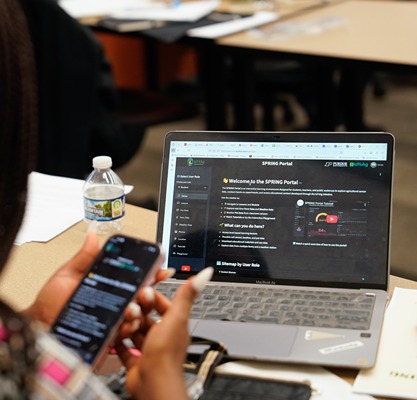
Using some of the SPRING tools and sensors, AgBridge participants built a website that displays a simplified version of data points. This new website will help educators teach data visualization, like how to read a graph, using real data published by IoT4Ag and partners, or even data collected by students from a simplified SPRING unit at their school.
Access their completed teaching materials here.
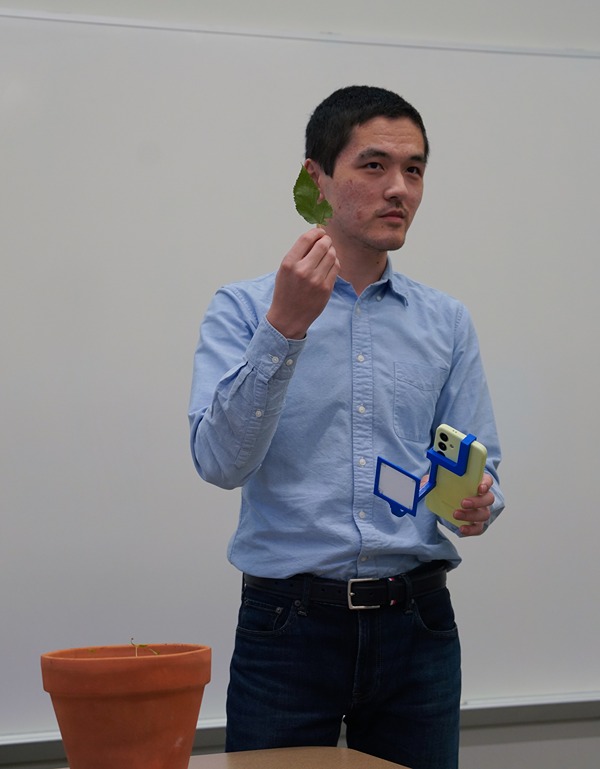 Agriculture and biological engineering associate professor Jian Jin built a hand-held specialized camera, called LeafSpec, that can scan leaves of crops to indicate disease, damage and pests before the human eye could notice it. While this is more affordable than other imaging technologies so that more farmers could take measurements for precise field management, it’s still expensive for a classroom.
Agriculture and biological engineering associate professor Jian Jin built a hand-held specialized camera, called LeafSpec, that can scan leaves of crops to indicate disease, damage and pests before the human eye could notice it. While this is more affordable than other imaging technologies so that more farmers could take measurements for precise field management, it’s still expensive for a classroom.
AgBridge Team 2 used what they learned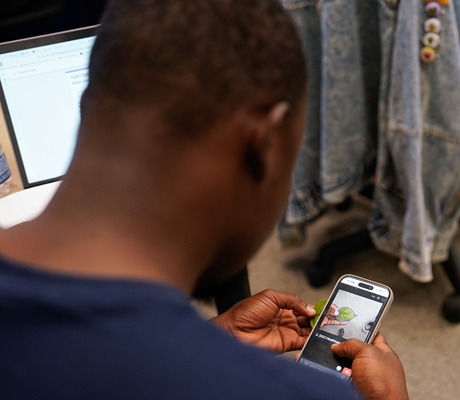 from LeafSpec to 3D-print a simplified leaf scanner that uses the common red, green and blue cameras in a phone. Not only did the group get experience in equipment and app design, but they created teaching materials to explain how imaging works on plants and why imaging is valuable in agriculture.
from LeafSpec to 3D-print a simplified leaf scanner that uses the common red, green and blue cameras in a phone. Not only did the group get experience in equipment and app design, but they created teaching materials to explain how imaging works on plants and why imaging is valuable in agriculture.
Access their completed teaching materials here.
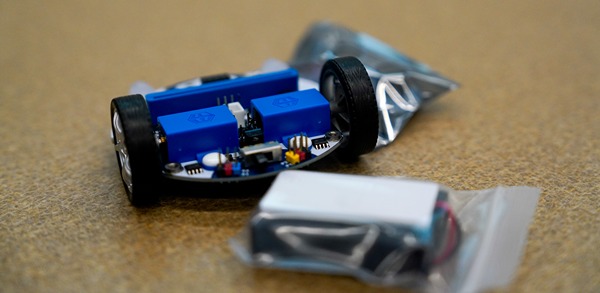 AgBridge Team 3 partnered with ELECFREAKS to teach programming with their Cutebots, small robots on wheels with two sensors underneath to see what it is driving over. The Cutebots come with tracks people can set out on a floor or table and software that lets players guide the robot through the track by building code with blocks that they can drag and drop in place.
AgBridge Team 3 partnered with ELECFREAKS to teach programming with their Cutebots, small robots on wheels with two sensors underneath to see what it is driving over. The Cutebots come with tracks people can set out on a floor or table and software that lets players guide the robot through the track by building code with blocks that they can drag and drop in place.
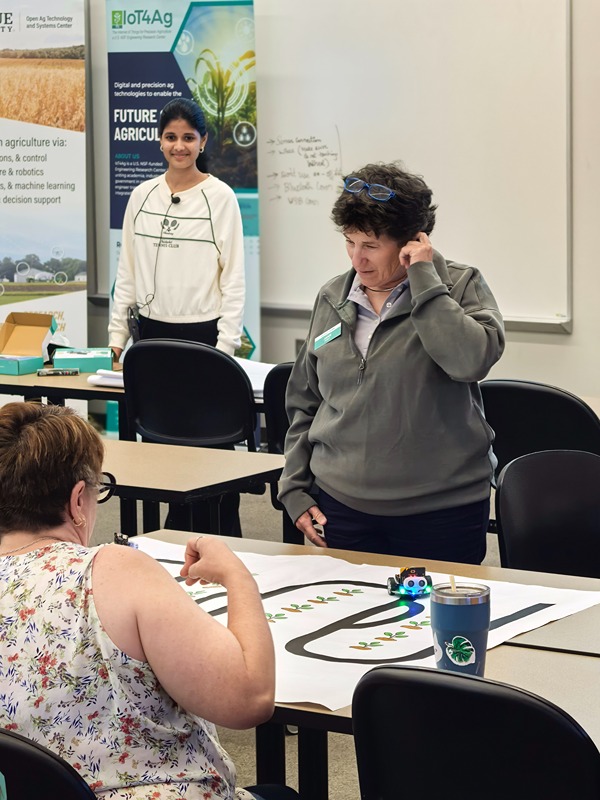
This project was inspired by work Zhang and his collaborators at IoT4Ag and OATS are doing to build an universal autonomous driving system that could be placed in any existing tractor. This could one day help farmers do more work, like till and plant their fields, with less manual labor.
Access their completed teaching materials here.
“This unit is a scientific inquiry — not just teaching content,” Sopheak Seng, a science education graduate student said about the teaching materials his team prepared. “Content can be found on YouTube and the internet. This is to reinforce students’ understanding of epistemic practices of science and math and develop evidenced-based conclusions to answer real-world questions.”
A crucial part of the AgBridge workshop this summer has gone beyond building teaching materials to building a community. Students from both educational and technical studies have gotten to know more professors and teachers. Networking has also expanded during workshops and the many group trips the community took together, and each team got to see the process and final materials created by the other groups in a celebratory event that ended the program.

